|
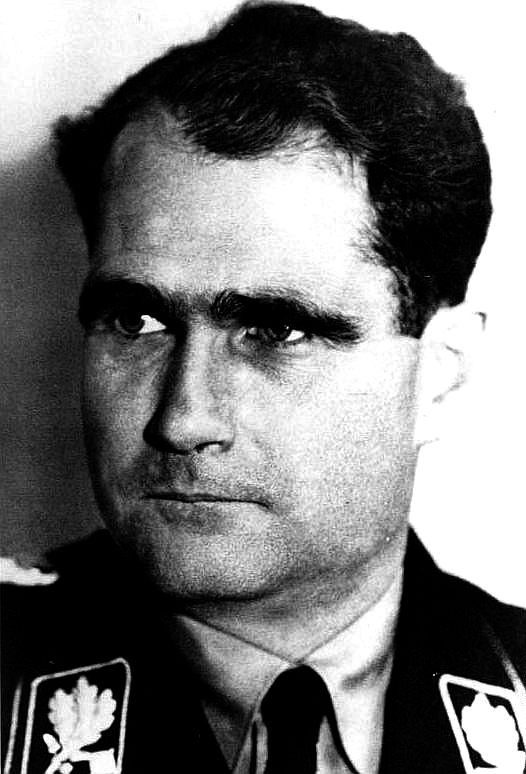
Rudolf
Hess
In 1919,
Rudolf Hess enrolled in the University of Munich, where he studied geopolitics under Karl Haushofer, a proponent of the concept of Lebensraum ("living space"), which later became one of the pillars of Nazi Party
(NSDAP) ideology.
Hess joined the NSDAP on 1 July 1920, and was at Hitler's side on 8 November 1923 for the Beer Hall Putsch, a failed Nazi attempt to seize control of the government of Bavaria. Whilst serving time in jail for this attempted coup, Hess helped
Hitler write his book, Mein Kampf, which became a foundation of the political platform of the NSDAP.
After the Nazi seizure of power in 1933, Hess was appointed Deputy Führer of the NSDAP and received a post in Hitler's cabinet. He was the third most powerful man in Germany, behind only Hitler and Hermann Göring. In addition to appearing on Hitler's behalf at speaking engagements and rallies, Hess signed into law much of the legislation, including the Nuremberg Laws of 1935, which stripped the Jews of
Germany of their rights in the lead-up to the Holocaust.
Hess continued to be interested in aviation, learning to fly the more advanced aircraft that were coming into development at the start of
World War II. On 10 May 1941 he undertook a solo flight to Scotland, where he hoped to arrange peace talks with the Duke of Hamilton, whom he believed to be prominent in opposition to the British government. Hess was immediately arrested on his arrival and was held in British custody until the end of the war, when he was returned to Germany to stand trial in the
Nuremberg Trials of major war criminals in 1946.
During much of the trial, he claimed to be suffering from amnesia, but later admitted this was a ruse. Hess was convicted of crimes against peace and conspiracy with other German leaders to commit crimes and was transferred to Spandau Prison in 1947, where he served a life sentence. Repeated attempts by family members and prominent politicians to win him early release were blocked by the Soviet Union. Still in custody in Spandau, he died by suicide in 1987 at the age of 93. After his death, the prison was demolished to prevent it from becoming a neo-Nazi shrine.
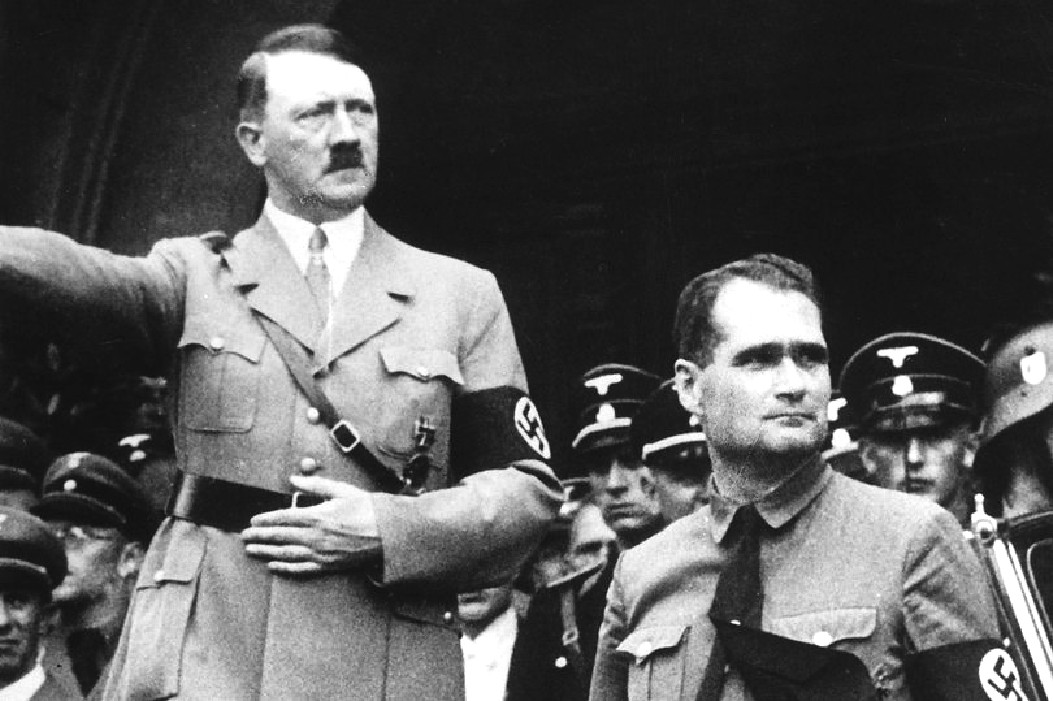
RUDOLF
HOES
Rudolf Höss
(Höß, Hoeß or Hoess; 25 November 1901 – 16 April 1947) was a Nazi German SS-Obersturmbannführer (lieutenant colonel) and the longest-serving commandant of Auschwitz concentration and extermination camp in World War II. He tested and carried into effect various methods to accelerate Hitler's plan to systematically exterminate the Jewish population of Nazi-occupied Europe, known as the Final Solution. On the initiative of one of his subordinates, SS-Hauptsturmführer (captain) Karl Fritzsch, Höss introduced pesticide Zyklon B containing hydrogen cyanide to the killing process, thereby allowing SS soldiers at Auschwitz to kill 2,000 people every hour.
Höss joined the Nazi Party in 1922 and the SS in 1934. From 4 May 1940 to November 1943, and again from 8 May 1944 to 18 January 1945, he was in charge of Auschwitz where more than a million people were killed before the defeat of Germany. He was hanged in 1947 following a trial in Warsaw. During his imprisonment in Poland, at the request of the Polish authorities, he wrote a book, which was released in English under the title Commandant of Auschwitz: The Autobiography of Rudolf Hoess. It consists of two parts, one about his own life and the other one deals with other SS-men with whom he had become acquainted, mainly Heinrich Himmler and Theodor Eicke, but several others as well.
Rudolf Walter Richard Hess (Heß in German; 26 April 1894 – 17 August 1987), was a prominent politician in Nazi Germany. Appointed Deputy Führer to Adolf Hitler in 1933, he served in this position until 1941, when he flew solo to Scotland in an attempt to negotiate peace with the United Kingdom during
World War II. He was taken prisoner and eventually was convicted of crimes against peace, serving a life sentence until his suicide.
Hess enlisted as an infantryman at the outbreak of World War
I. He was wounded several times over the course of the war and was awarded the Iron Cross, 2nd class, in 1915. Shortly before the war ended, Hess enrolled to train as an aviator, but he saw no action in this role. He left the armed forces in December 1918 with the rank of Leutnant der Reserve.
A
- Z OF NAZI GERMANY
|
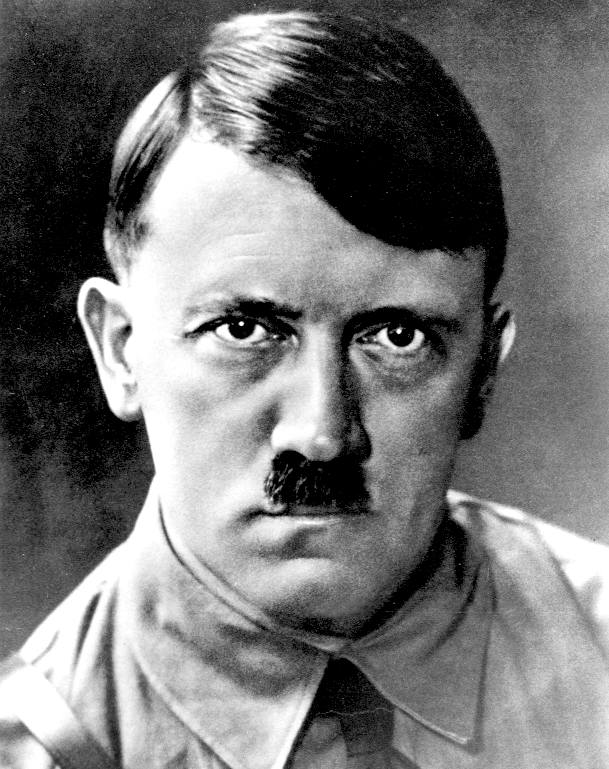
Adolf
Hitler
German
Chancellor
|
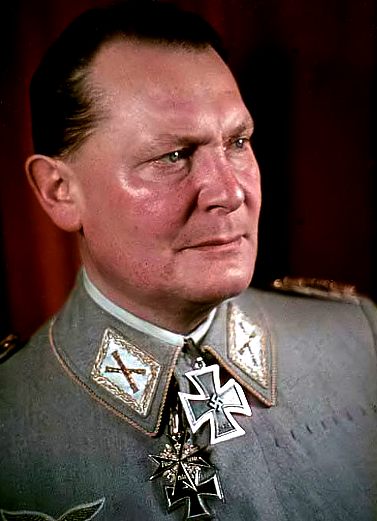
Herman
Goring
Reichsmarschall
Luftwaffe
|
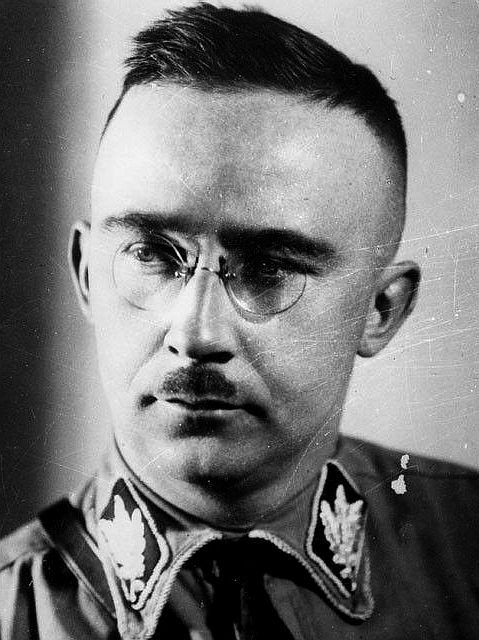
Heinrich
Himmler
Reichsführer Schutzstaffel
|
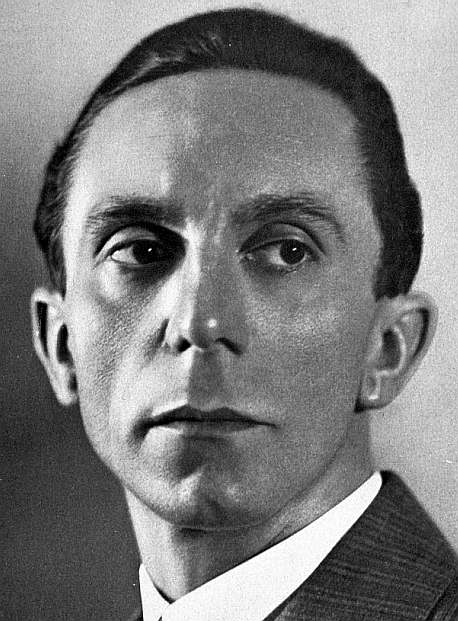
Joseph
Goebbels
Reich Minister Propaganda
|
|
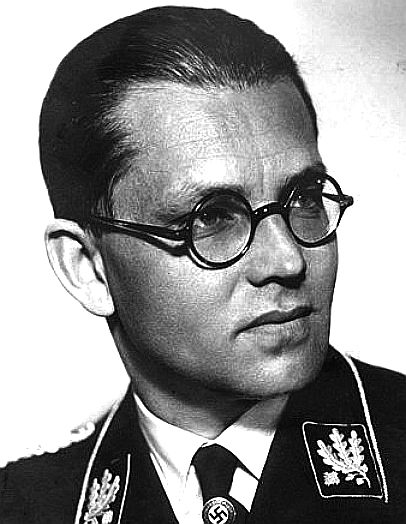
Philipp
Bouhler SS
NSDAP
Aktion T4
|

Dr
Josef Mengele
Physician
Auschwitz
|
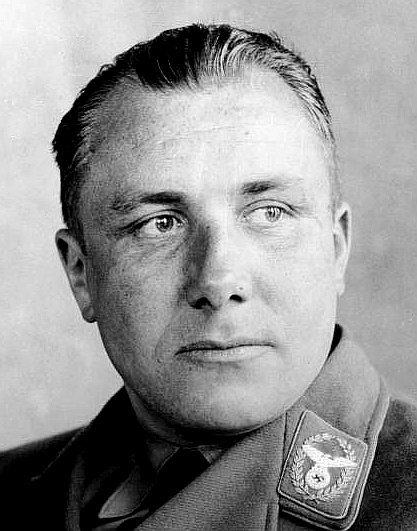
Martin
Borman
Schutzstaffel
|
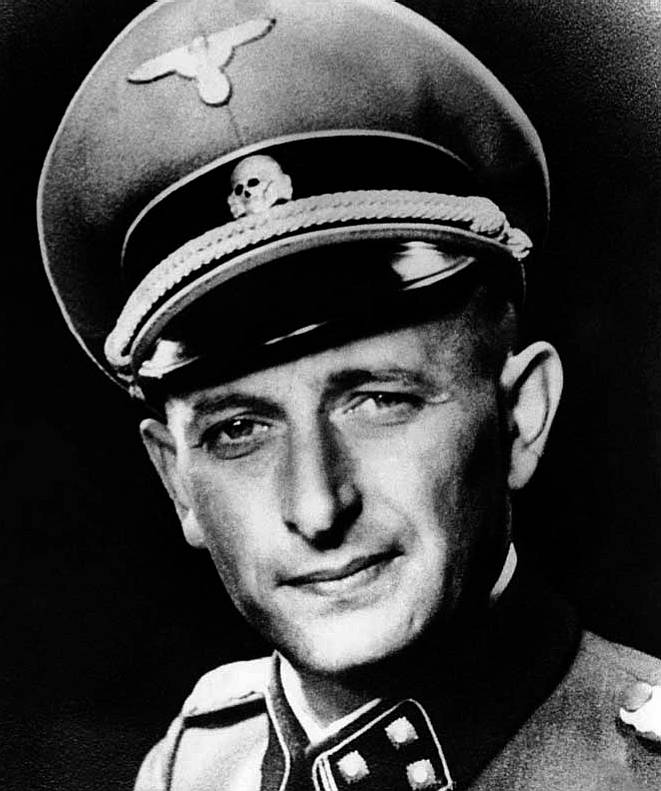
Adolph
Eichmann
Holocaust
Architect
|
|

Erwin
Rommel
The
Desert Fox
|

Rudolf
Hess
Auschwitz
Commandant
|
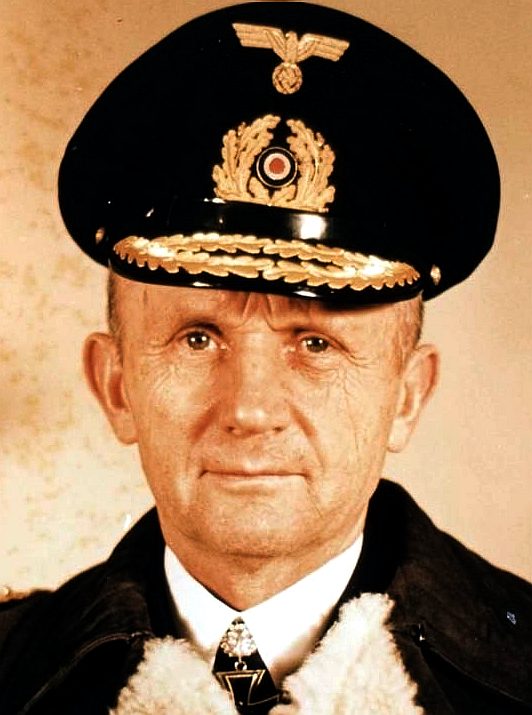
Karl
Donitz
Submarine
Commander
|
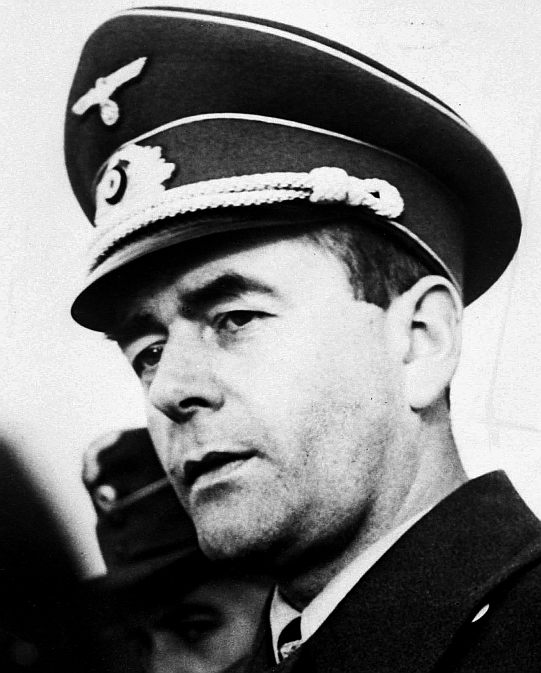
Albert
Speer
Nazi
Architect
|

Good,
bad & evil A-Z
of humanity HOME
|
|
This
site contains copyrighted material the use of which has not always been
specifically authorized by the copyright owner. We are making such
material available in our efforts to advance understanding of
environmental, political, human rights, economic, scientific, and social
justice issues, etc. We believe this constitutes a 'fair use' of any such
copyrighted material as provided for in section 107 of the US Copyright
Law. In accordance with Title 17 U.S.C. Section 107, the material on this
site is distributed without profit to those who have expressed a prior
interest in receiving the included information for research and
educational purposes. FAIR
USE NOTICE
|













